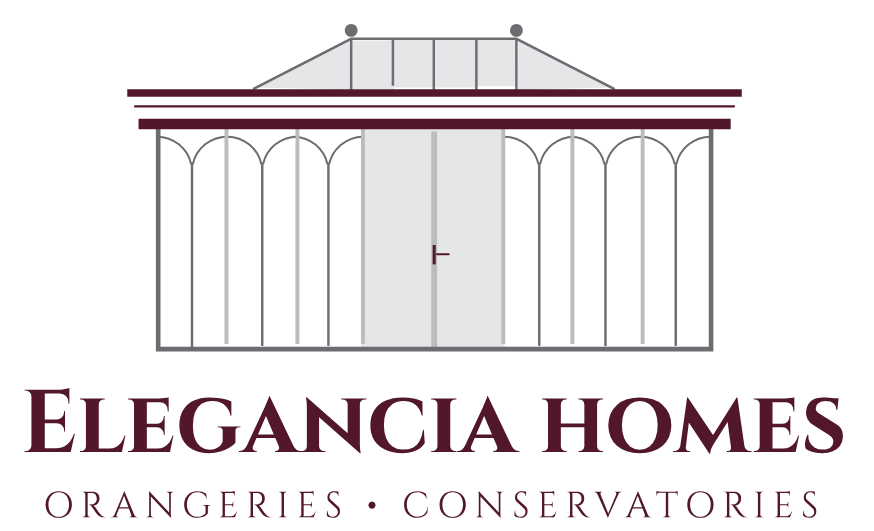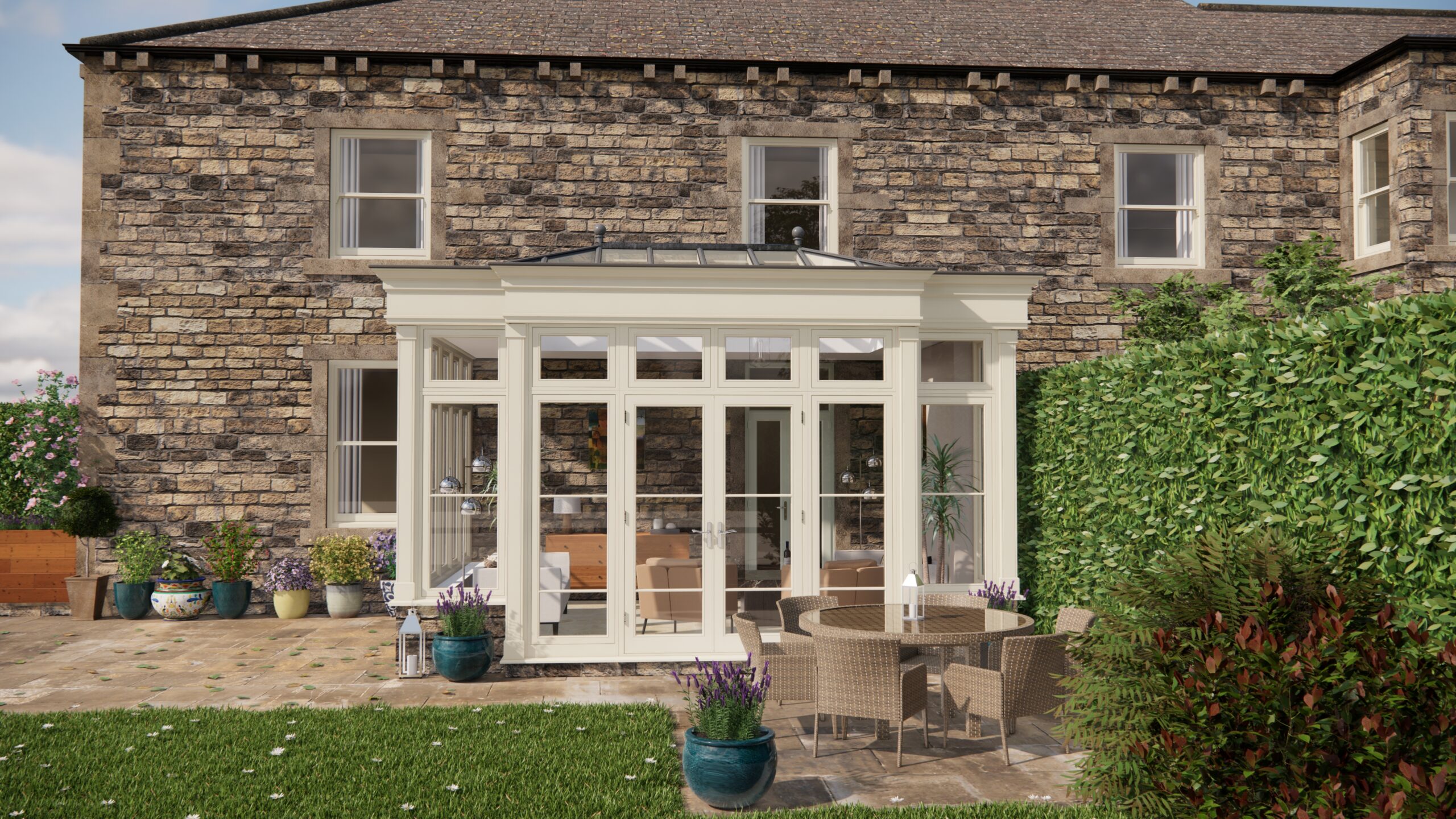Right, let’s talk orangeries and outbuildings – magnificent additions to any home, but projects notorious for ballooning budgets if you’re not careful. I’ve been down this road myself, poring over quotes, wrestling with spreadsheets, and sweating over potential overspends. Let me share some hard-earned wisdom so you can navigate the cost side of things smoothly.
First things first: realistic cost estimation. This isn’t about plucking figures from thin air. You need to break down the project into its core components: materials (brick, glass, roofing), labour (groundwork, construction, electrics, plumbing), fixtures and fittings (doors, windows, heating), and, crucially, professional fees (architect, structural engineer, planning consultant if needed). Get multiple quotes for each, and don’t automatically go for the cheapest. Consider reputation, reviews, and guarantees. A low price can often mask hidden costs or shoddy workmanship, which will cost you far more in the long run.
Speaking of planning, understanding the associated costs is vital. While permitted development rights might save you the application fee (currently around £206 in England), don’t assume you’re in the clear. If your design pushes the boundaries, a Certificate of Lawfulness is a wise investment (about £103). If you do need full planning permission, factor in the architectural drawings (can range from a few hundred to several thousand pounds, depending on complexity), any specialist surveys (tree reports, ecological assessments), and potentially the cost of hiring a planning consultant to guide you through the process. And remember, appeals, if needed, add another layer of expense.
Managing your budget effectively requires discipline. Create a detailed spreadsheet listing every anticipated expense, and allocate contingency funds – at least 10-15% – for the inevitable unforeseen issues. Track your spending meticulously, and be prepared to make tough choices if costs start to creep up. Remember, you get what you pay for. A higher quality window or door, or employing a professional, will cost more upfront, but will be more secure and damp-proof for many years to come. Consider the long-term value and running costs when making those decisions.
Now for some cost-saving opportunities. Consider the materials you use. Reclaimed bricks, for example, can be significantly cheaper than new ones and add character. Explore different glazing options; high-performance glass will be more expensive initially but will save you money on heating bills down the line. Simple design choices can also make a big difference. A more straightforward roof design will be cheaper to build than a complex, multi-faceted one. Finally, shop around. Don’t settle for the first quote you receive. Get quotes for labour, materials, and services, and never be afraid to negotiate.
Beyond materials, heating your new space is a major cost consideration. Underfloor heating is luxurious but can be expensive to install and run. Radiators are a more budget-friendly option, but ensure they are adequately sized for the space. A wood-burning stove adds charm but requires careful consideration of ventilation and safety regulations. Consider solar panels, not just for the ‘green’ credentials but also the long term savings.
Finally, ensure the structure is secure and damp-proofed. Skimping on foundations or damp-proofing membranes is a false economy. Water ingress and structural problems will be far more expensive to fix later. Invest in proper insulation to minimise heat loss and prevent condensation. Check with your local building control that any structure, regardless of size complies with all regulations.
Matching the new structure to the existing property is often key. Ensure the materials, colours, and styles harmonize with your home’s existing character. While it might be tempting to go for something radically different, jarring juxtapositions can devalue your property and raise eyebrows with the planning authorities.
So, putting it all together, a well-planned orangery or outbuilding project doesn’t need to bankrupt you. Meticulous planning, realistic budgeting, careful material selection, and a willingness to explore cost-saving alternatives can help you achieve your dream space without breaking the bank. Thorough preparation, diligent management, and a commitment to quality workmanship are the keys to success. Don’t rush in, do your research, and remember that a little extra effort upfront can save you a lot of money and headaches down the line.


